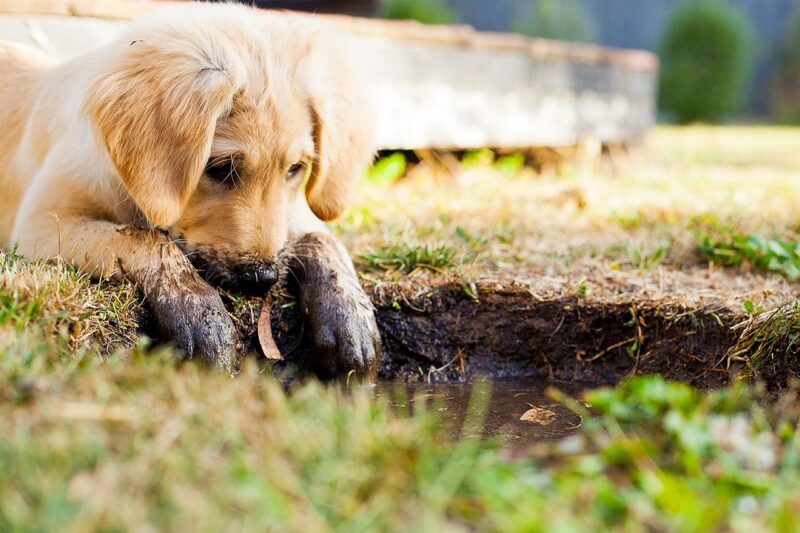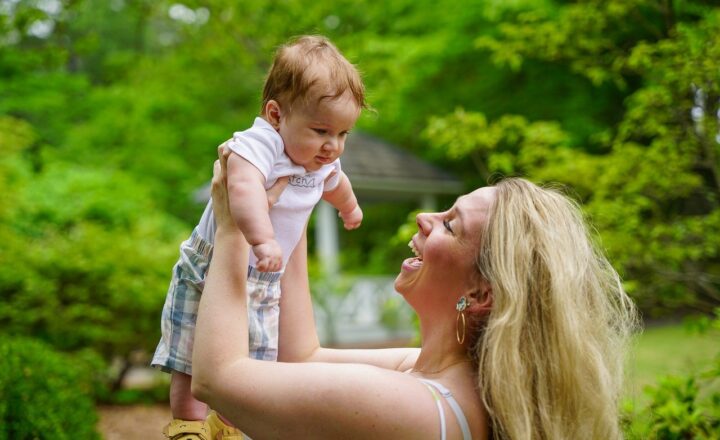The Ultimate Guide to Training Your New Puppy: Tips for Beginners
November 10, 2024

Bringing a new puppy home is one of the most exciting and rewarding experiences for any pet lover. However, it also comes with its own set of challenges. Training your puppy is not just about teaching them tricks or commands; it’s about building a strong relationship, fostering good behavior, and ensuring your furry friend grows into a well-adjusted adult dog. This comprehensive guide is here to provide you with valuable tips and techniques to help you tackle the journey of training your new companion.
1. Understanding Your Puppy’s Development
Before diving into training techniques, it’s essential to understand puppy development stages. Puppies are impressionable and highly adaptable. Their learning capabilities are best during their socialization period, which typically lasts from 3 to 14 weeks. Here are the key development stages:
- Neonatal Stage (0-2 weeks): Puppies are blind and deaf, relying on their mother for warmth and nutrition.
- Transitional Stage (2-4 weeks): Senses begin to develop. Puppies start to hear and see during this phase.
- Socialization Stage (3-14 weeks): Critical time for building social skills. Expose them to various people, dogs, and environments.
- Juvenile Stage (4-6 months): Increased independence and a testing of boundaries; training consistency is vital during this time.
By understanding these stages, you can create a positive training environment tailored to your puppy’s needs.
2. Essential Training Tools
Before you start training, gather essential tools for a successful experience:
- Collar and Leash: A comfortable collar and a sturdy leash are necessary for walks and training sessions. Choose a leash that is not too long to maintain control but gives your puppy enough freedom to explore.
- Treats: Use small, tasty treats as rewards to motivate your puppy during training. Ensure they are healthy and appropriate for puppies.
- Clicker (Optional): A clicker can be an effective tool for marking desired behaviors. It serves as a consistent sound that indicates to the puppy they’ve done something right.
- Playtime Toys: Incorporate play into training. Toys can help keep your puppy engaged and stimulated during and after training sessions.
These tools can streamline your training process, making it more enjoyable for both you and your puppy.
3. Basic Commands Every Puppy Should Learn
Teaching your puppy basic commands is vital for their safety and can control their behavior in various situations. Here are some fundamental commands you should start with:
- Sit: A foundational command that’s easy to teach. With a treat in hand, move your hand above your puppy’s nose and then back towards their ears. This movement naturally causes them to sit. Once they do, say “sit” and reward them promptly.
- Stay: Begin with your puppy in a sitting position. Open your palm and say “stay” while taking a step back. If they remain in place, return and reward them. Gradually increase the distance and duration of the stay command.
- Come: This command is crucial for safety. With your puppy on a leash, gently pull them towards you while saying “come.” Once they reach you, praise and reward them. Gradually practice this command in safe, open spaces.
- Leave it: Teach your puppy to back off when they’re interested in something potentially harmful. Hold a treat in your closed fist; when they stop trying to get it and look away, say “leave it” and reward them with another treat.
These commands are more than just tricks; they help instill good behavior and ensure your puppy’s safety as they explore their world.
4. The Importance of Socialization
Socialization is critical in ensuring your puppy grows into a well-adjusted adult dog. Introduce your puppy to different people, environments, and other animals. Here are some socialization techniques:
- Positive Experiences: Introduce your puppy to various situations gradually and under controlled circumstances. Ensure their experiences are positive, rewarding them with treats and praise for good behavior.
- Puppy Playdates: Arrange playdates with other vaccine-checked puppies to build their confidence and teach them appropriate play behaviors.
- Exposure to Noise and Crowds: Safely expose your puppy to various sounds (like cars, vacuums, and children playing) and environments (parks, busy streets) to help them adapt to multiple stimuli. Reassure them with calmness and rewards during the process.
Proper socialization can lead to a more confident and resilient adult dog, reducing anxiety and fearfulness later in life.
5. Reinforcement Techniques for Successful Training
Training should always be a positive experience. Here are popular reinforcement techniques:
- Positive Reinforcement: Reward your puppy for desirable behavior. This can include treats, praise, or playtime. Be consistent with your rewards to reinforce the behavior you want.
- Timing is Key: Rewards should be given immediately after the desired behavior to create a strong association between the command and the reward.
- Avoid Punishment: Instead of harsh methods, redirect negative behavior or ignore it. Positive reinforcement yields better behavioral changes without fear or anxiety.
With reinforcement, your puppy will be more likely to respond positively during training sessions, leading to lasting behavior changes.
6. Common Mistakes to Avoid in Puppy Training
While training can be fun, several common pitfalls can hinder your progress:
- Inconsistency: Being inconsistent with commands, rewards, or management can confuse your puppy. Establish clear rules and stick to them consistently.
- Expecting Too Much Early On: Puppies have short attention spans. Keep training sessions brief (5-10 minutes) to maintain their focus and enthusiasm. Gradually increase difficulty as they progress.
- Ignoring Behavioral Issues: Address any behavioral problems (like biting or barking) promptly. Monitor their behavior actively, redirecting as necessary, and consulting a professional if needed.
Avoiding these mistakes can improve your effectiveness as a trainer and make the experience enjoyable for both of you.
7. Professional Training Options
Sometimes, despite your best efforts, you may find it beneficial to seek professional assistance:
- Puppy Training Classes: Many pet stores and community centers offer puppy training classes. These sessions provide structured lessons and valuable socialization opportunities for your puppy.
- Private Training Sessions: If you face specific challenges, working with a professional trainer can provide personalized strategies. Choose a trainer with a positive reinforcement approach.
- Online Resources: Numerous online courses and videos provide helpful guidance as supplements to your training efforts. Look for well-reviewed and established professionals in the field.
By considering these options, you can enhance your training experience and facilitate your puppy’s learning more effectively.
Conclusion: Training is a Lifelong Journey
Training a puppy takes time, patience, and consistency, but the rewards are incredibly fulfilling. As your puppy matures and learns, you will develop a strong bond that will last a lifetime. Remember that training is not just about obedience; it’s about nurturing a well-behaved, happy companion who enriches your life.
By following the tips outlined in this guide, you’ll be well-equipped to enjoy the delightful journey of training your new puppy. Always celebrate the small victories, be patient with setbacks, and remember: this adventure benefits you and your puppy as you grow together.







